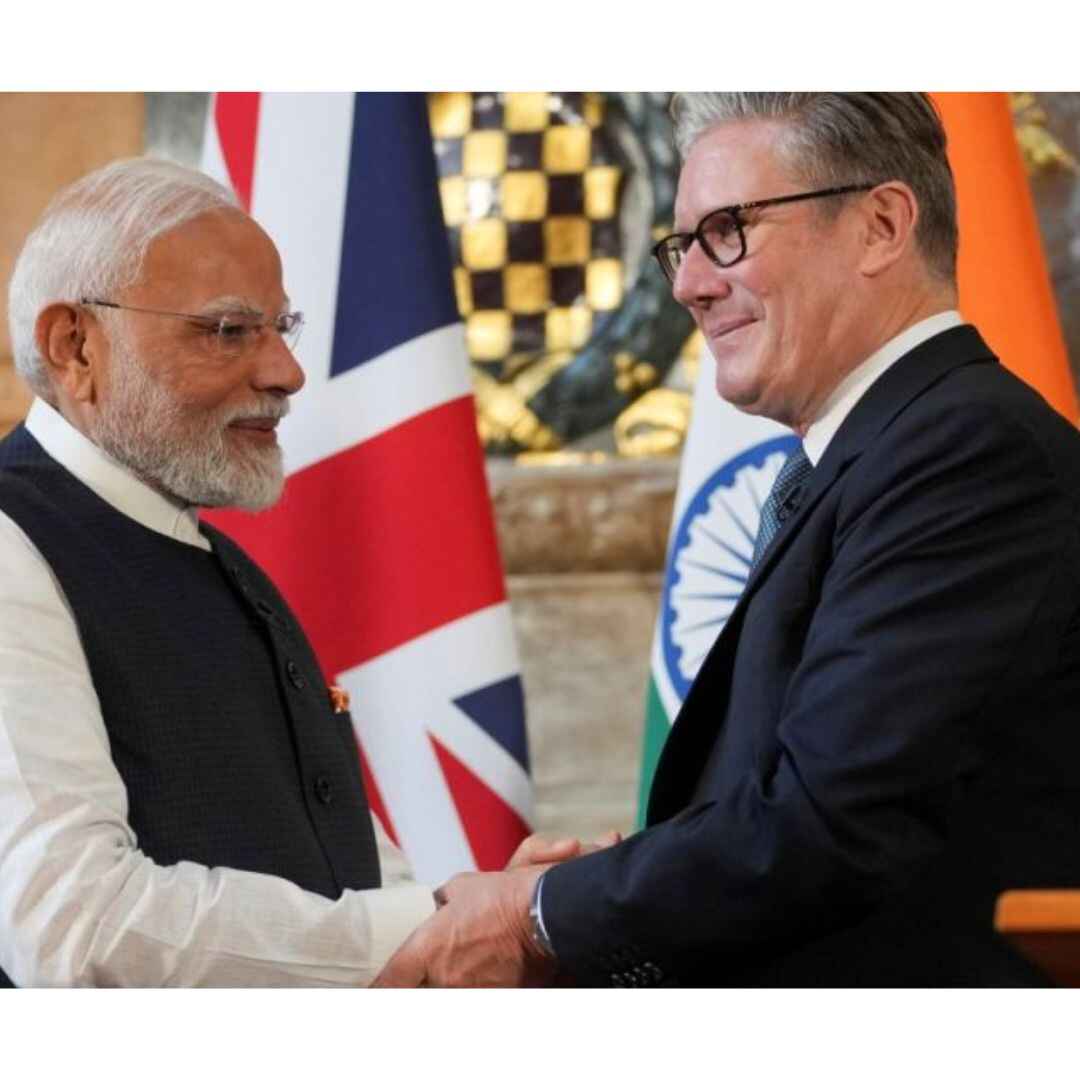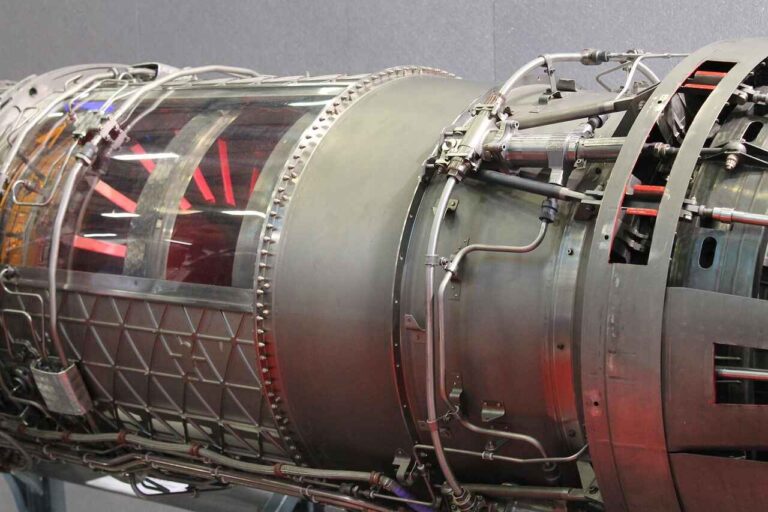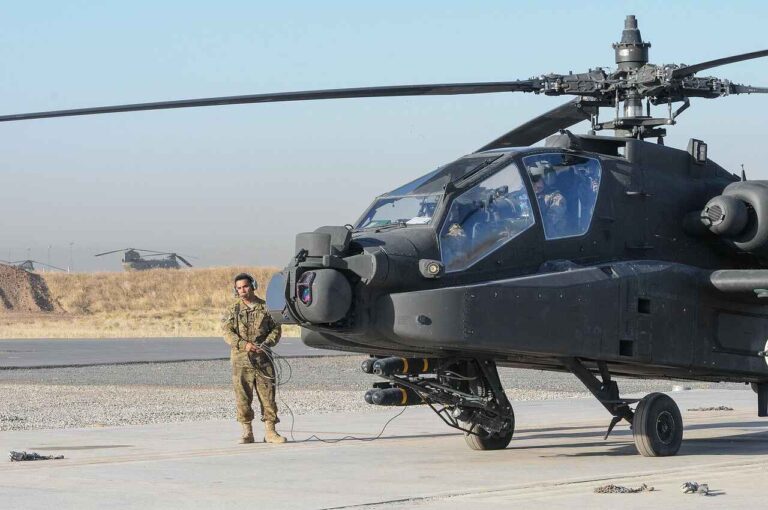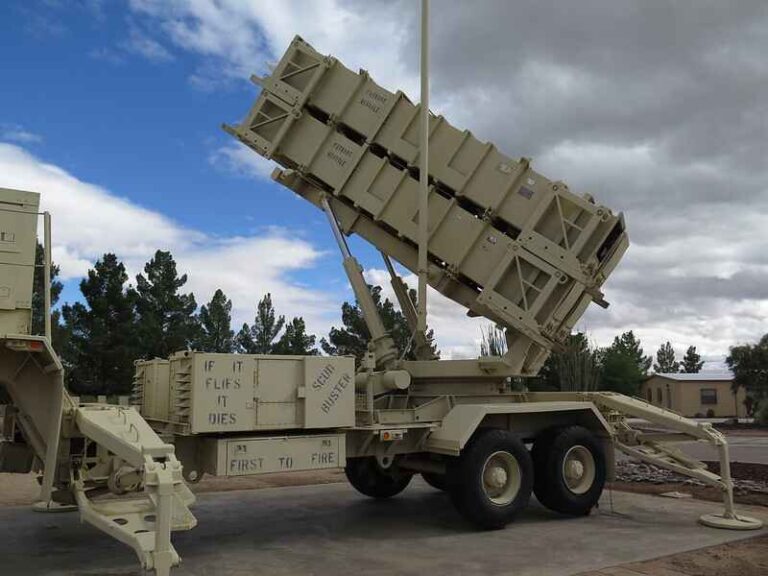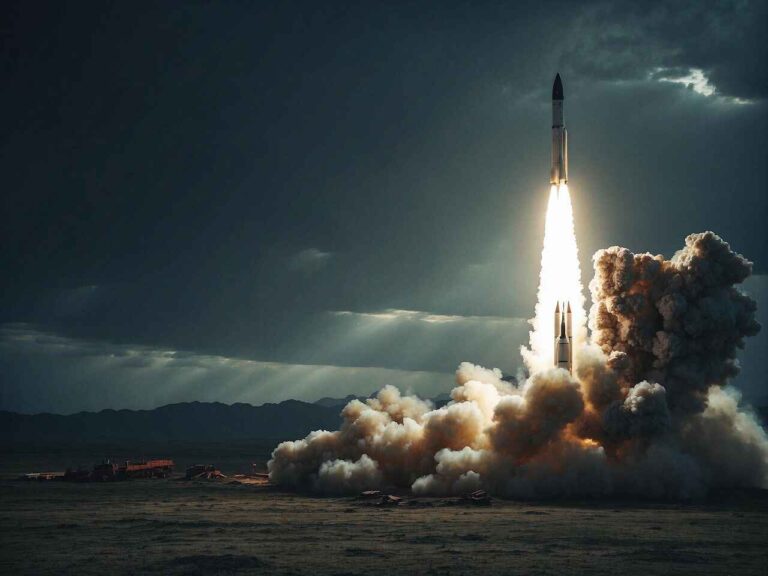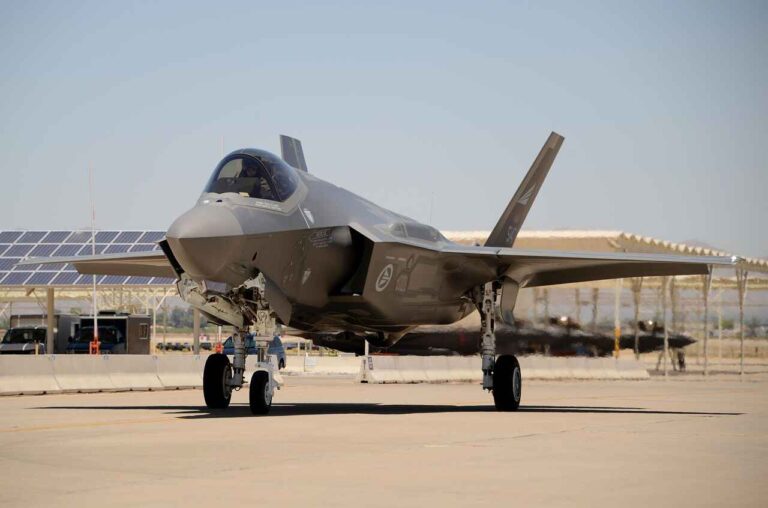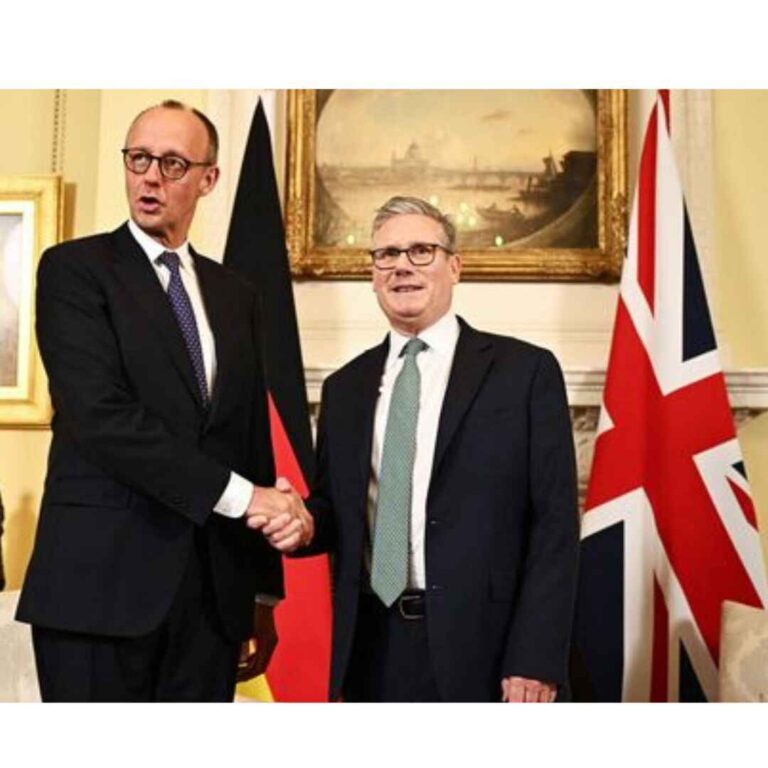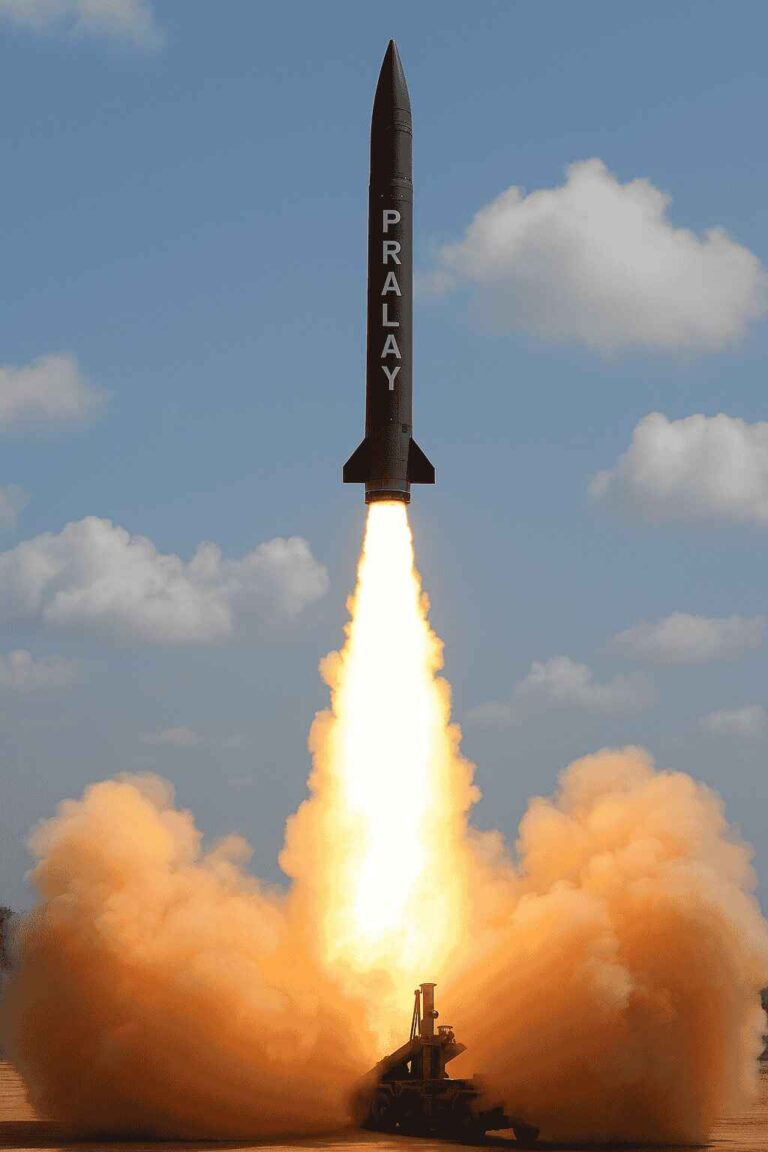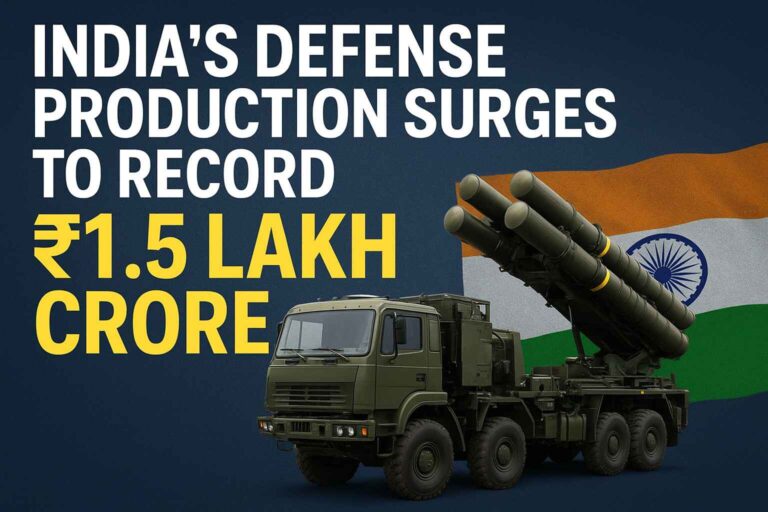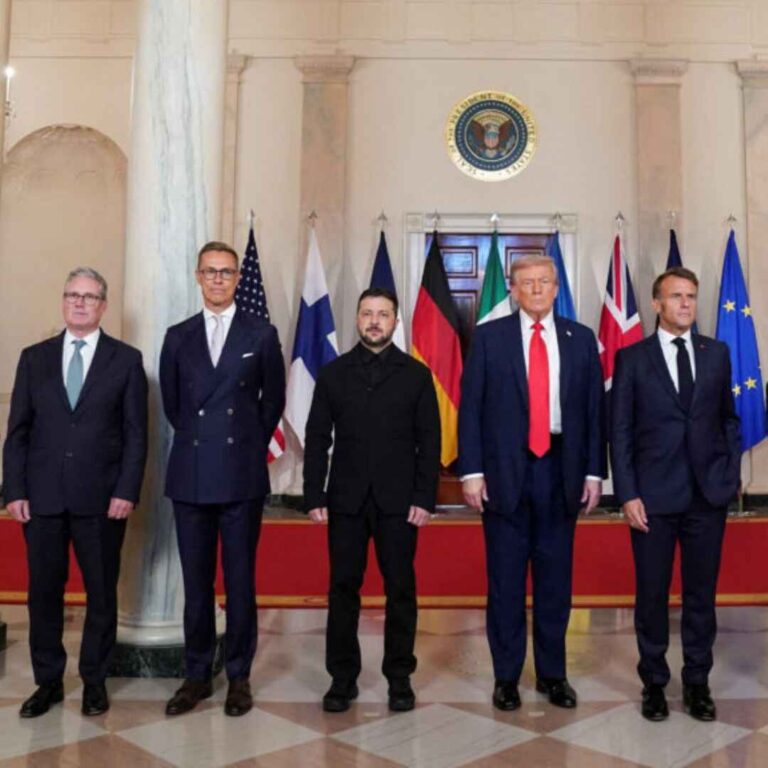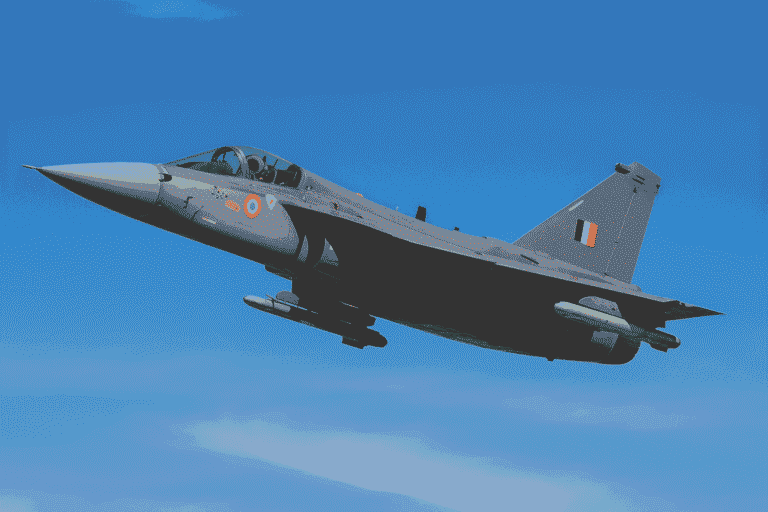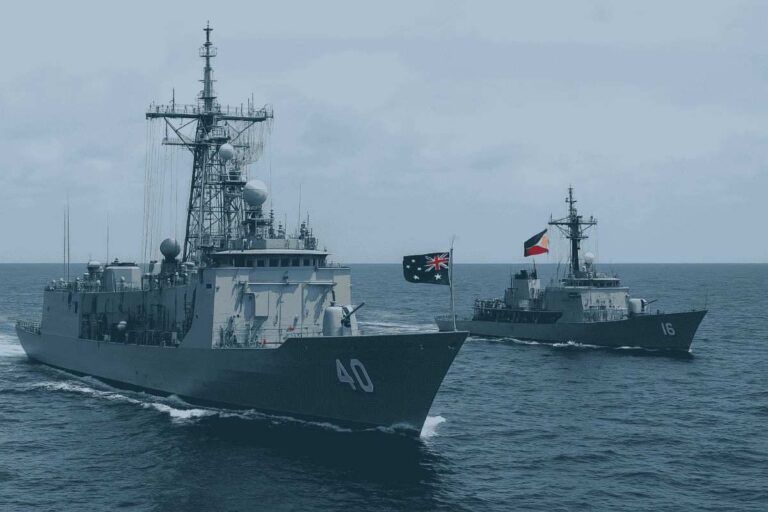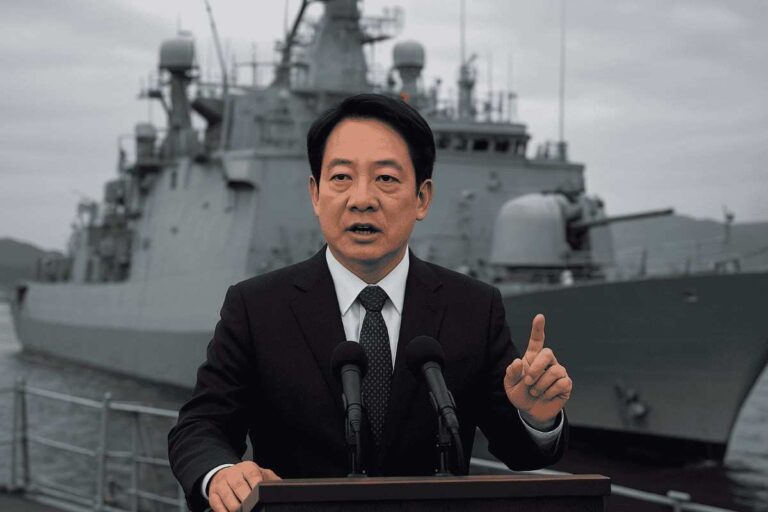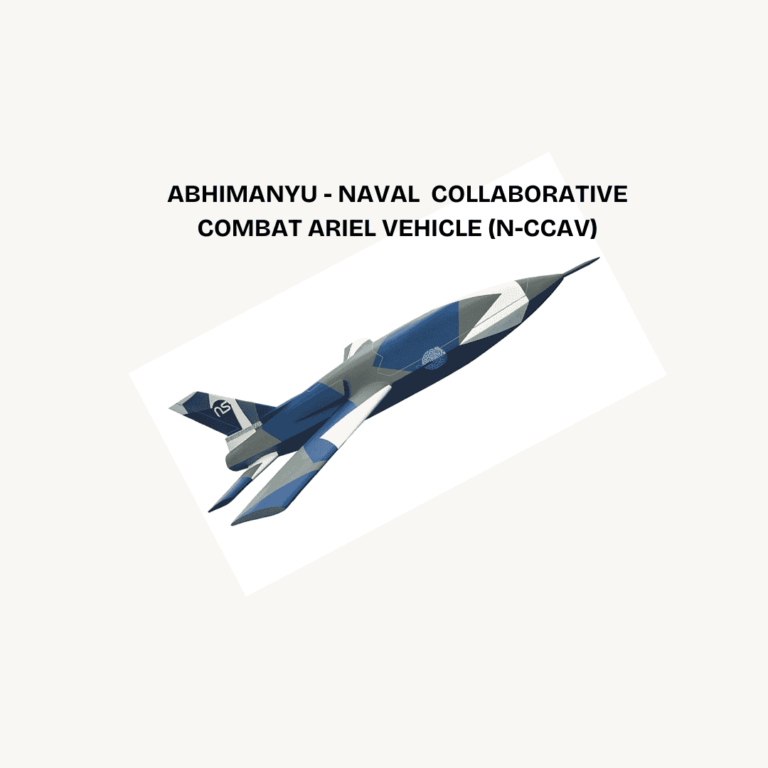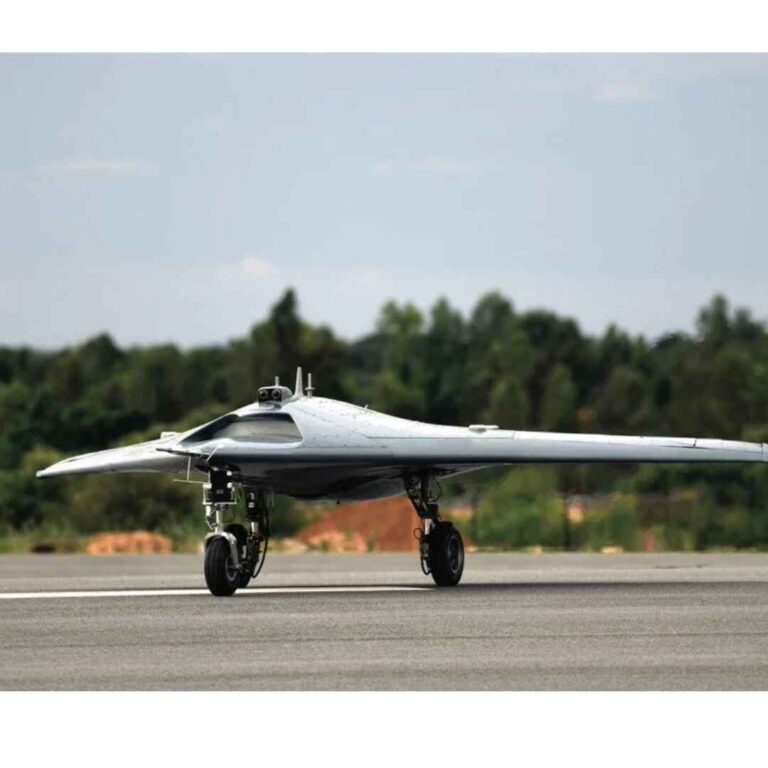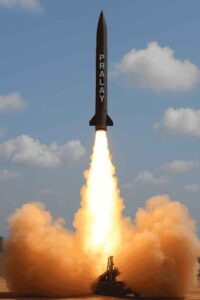Friday, 1 August, 2025
In a notable advancement aimed at bolstering bilateral defense cooperation, India and the United Kingdom have formalized the Vision 2035 Defense Pact. This long-term roadmap aspires to facilitate the co-development of next-generation military technologies, encompassing complex weapon systems, jet engines, and advanced warship propulsion systems. The pact, regarded as a strategic milestone, underscores the increasing alignment of interests between New Delhi and London in securing the Indo-Pacific region and beyond.
The Vision 2035 initiative was finalized during a high-level defense dialogue between Indian Defense Minister Rajnath Singh and his UK counterpart, Grant Shapps, in New Delhi this week. The agreement establishes a structured framework for joint research, development, and manufacturing of advanced defense platforms, marking a significant transition from traditional buyer-seller dynamics towards genuine co-development and co-production.
Officials have emphasized that the pact is not merely a memorandum of understanding, but a binding framework with defined deliverables. The initial focus will include aerospace propulsion, naval technologies, advanced sensors, and missile systems, incorporating provisions for technology transfer and joint intellectual property rights.
India and the United Kingdom share a long and complex defense history, with British-origin platforms having constituted the foundation of India’s military arsenal in the years following independence. However, relations cooled post-Cold War, as India pivoted towards the Soviet Union and subsequently Russia for its major arms acquisitions.
The Vision 2035 pact signifies a dramatic transformation. “This agreement indicates a transition from legacy dependence to a partnership of equals, wherein both nations contribute technological expertise and strategic trust,” remarked Air Marshal (Retd.) Anil Chopra, a respected defense analyst.
Key Areas of Collaboration
Jet Engine Development
Among the flagship projects under Vision 2035 is the co-development of advanced jet engines for India’s forthcoming indigenous fighter programs, including the Advanced Medium Combat Aircraft (AMCA). Historically, India has encountered challenges in achieving self-reliance in fighter jet engine technology, with projects such as the Kaveri engine failing to meet operational expectations. The UK’s Rolls-Royce, recognized for its state-of-the-art military engines, is anticipated to play a pivotal role in this endeavor.
Naval Propulsion Systems
The roadmap also envisions collaboration on gas turbine propulsion systems for India’s next-generation destroyers and aircraft carriers. As India expands its blue-water navy to counterbalance Chinese influence in the Indo-Pacific, indigenous warship propulsion remains an essential priority.
Complex Weapon Systems
India and the United Kingdom have committed to jointly developing missile technologies and directed-energy weapons. Officials have indicated that collaboration could extend to surface-to-air systems, hypersonic technologies, and electronic warfare suites, although specific details remain classified.
Cybersecurity and Artificial Intelligence
The pact encompasses joint research on cyber defense, AI-driven battlefield management systems, and autonomous platforms, reflecting the growing recognition of hybrid warfare and the necessity for technological dominance in contemporary conflicts.
Industrial and Economic Impact
The Vision 2035 pact is anticipated to significantly enhance India’s defense manufacturing ecosystem under the ‘Atmanirbhar Bharat’ (Self-Reliant India) initiative. By leveraging British technology and Indian production capabilities, the pact could generate substantial defense exports over the next decade.
Industry insiders suggest that the pact may create thousands of high-tech employment opportunities in India and afford British defense firms greater access to the world’s largest defense market. Indian defense public sector units such as HAL, BEL, and DRDO are likely to collaborate with UK firms, including BAE Systems, Rolls-Royce, and Thales UK.
Strategic Implications for Indo-Pacific
The Indo-Pacific remains a focal point of strategic competition, with China augmenting its naval presence and pursuing assertive territorial claims. For both India and the United Kingdom, the Vision 2035 pact serves as a counterbalance.
“London perceives India as the linchpin of its Indo-Pacific strategy,” stated Dr. Elizabeth Barrington, a UK-based defense scholar. “By deepening defense ties, the United Kingdom not only strengthens India’s capabilities but also ensures a credible partnership to deter coercive actions in the region.”
The United Kingdom, as a permanent member of the UN Security Council, is also eager to reaffirm its global defense role following Brexit. Its strategic pivot to the Indo-Pacific, coupled with India’s rising power status, renders the pact geopolitically significant.
The Vision 2035 pact complements India’s other strategic defense partnerships, including those with the United States, France, and Israel. With the United States co-developing drone and space technologies with India, and France supporting the Rafale program alongside submarine initiatives, the involvement of the United Kingdom adds an additional layer of strategic depth and diversification to India’s defense diplomacy.

